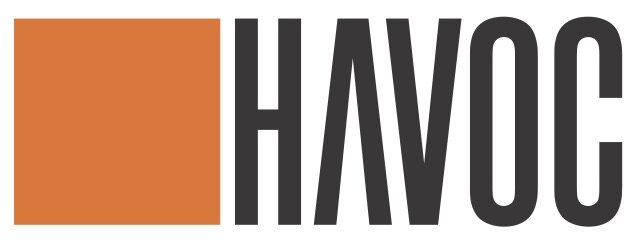In Visibility
Brushed metal creates a unique pathway for ideas to travel from artist to object to viewer. The work is in its essence a creation of space where there is no space – a purity and power unique to this medium.
Etched stainless steel in particular creates dimensionality. A painting or a photograph can be the same no matter where one stands in relation to it. At close range one may see brushstrokes, or pixels or screen-print dots but the image hanging on the wall is the same image wherever one stands. My work creates objects in space. Consistent relationships exist in the defined space of the panel. True parallax holds within the image so that things in front of other things maintain their spatial dynamic as a viewer walks around the room. When one first sees the panel there is an immediate sense of depth. With patient viewing and movement comes the realization that one is looking into the panel. Eyes are now focused on objects behind the surface plane. One’s eyes can even find brushwork or elements which project off the surface plane, objects which our fingers confirm do not in fact exist in the room or in the air in front of the panel. By manipulating specific tools and juxtaposing these projecting and receding elements, space is created.
As one moves about the room elements will come into view and disappear. Other elements will shift from black to bright white and black again. From every vantage a different image appears, and no two people standing in the room are ever seeing the exact same piece. From a distance the piece can completely dematerialize as an object and exist only as field of light as though there were a hole in the wall into a humming, shifting portal of energy. Up close one can look behind objects and study the background drifting away. Closer still and the scratch lines refract light into spectral colors. The surface can be hard, tangible, "right there,” or facetted, glinting with no sense of place.
Once the viewer is engaged and looking into the space a dialogue has begun. As an example, I can make a panel, which depicts water, the shore with pine trees and mountains in the background and clouds drifting by…. But this is a closed experience. There it is, trees and water. Good art has the power to engage the viewer, to demand inquiry and reward with new information. These panels fulfill that role but also are about the process itself. Inspection reveals elements—big strokes, minute features. Further inspection reveals relationships between elements. Still further reveals the pursuit in the viewer of the intentions of the artist and now the loop is complete. What am I trying to do? What are we looking at anyway? Are these birds or nebulae? Are these waves or bamboo?
Duchamp remarked that good art is a dialogue between the artist and viewer. Paul Klee once said, "Art renders visible.” What the viewer sees is the dialogue between us. He sees the workings of my mind and hands and tools to engage the perception of the person in the gallery. He finds radiance and confusion and . . . moss, perhaps. He finds distance and scale and harmony. He finds chaos and flowers and radiation, moonlight, dark matter, and conflict. He has peered into the hours of creation and he finds himself wondering what is random and what is intentional and if the randomness might be intentional. Welcome.
